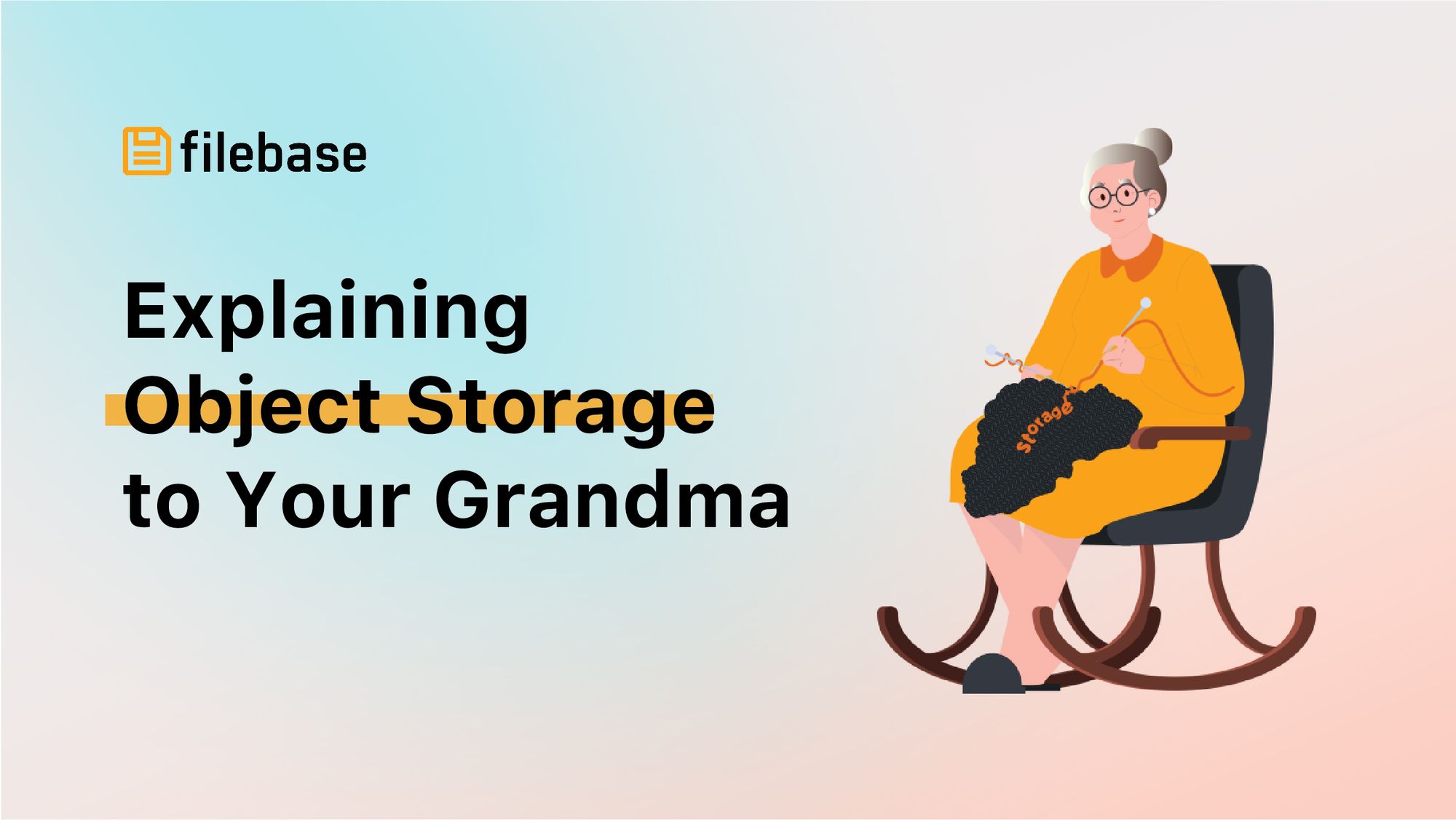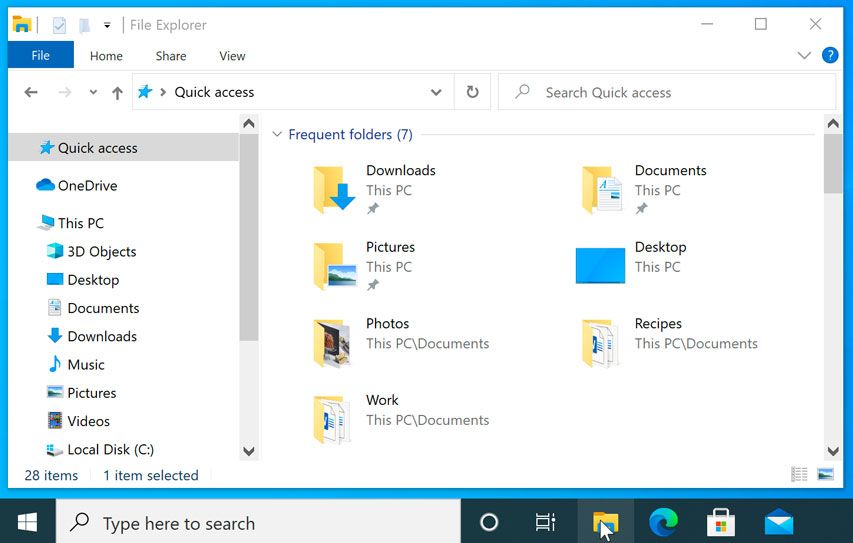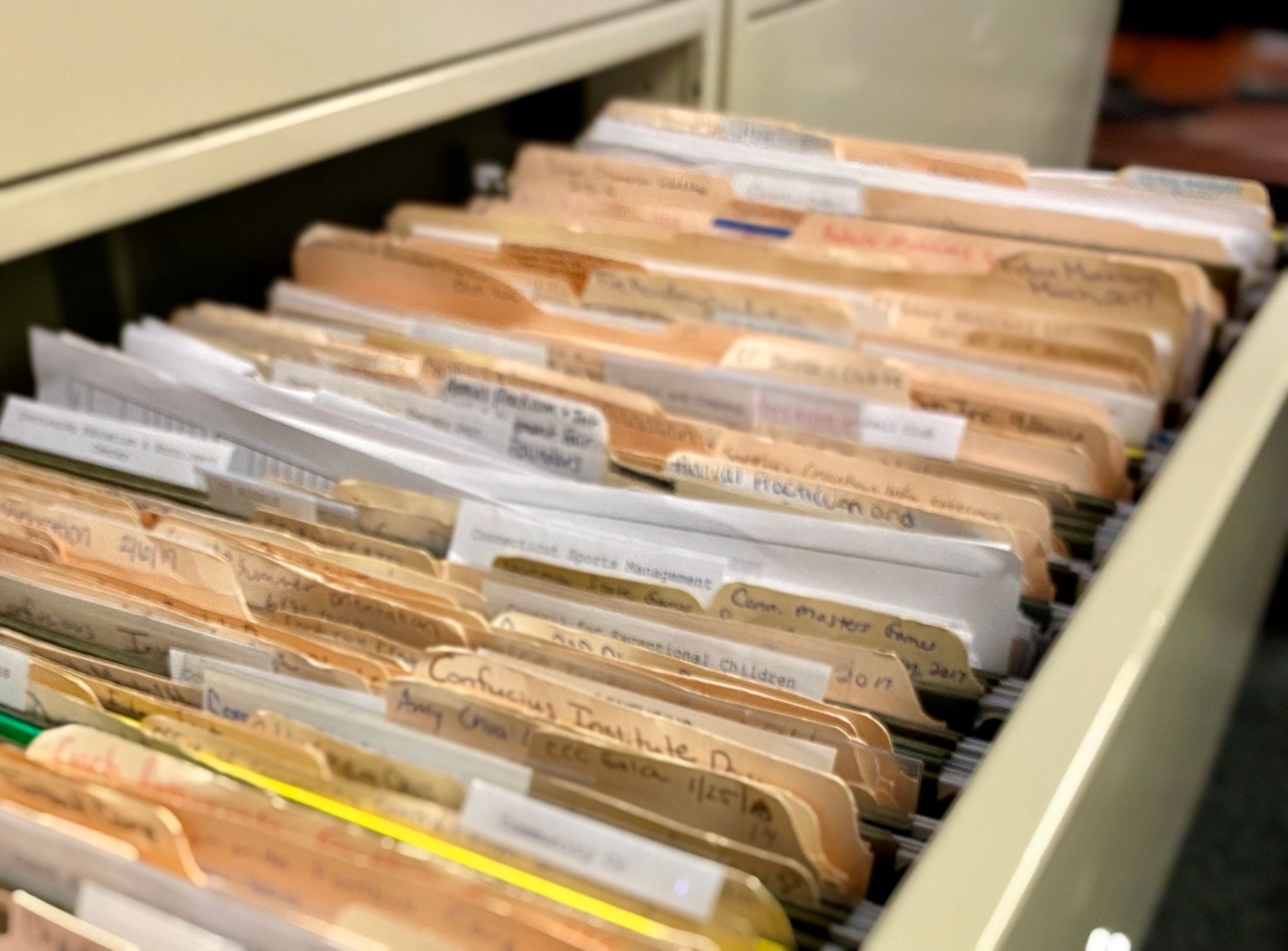Explaining Object Storage to Your Grandma
You're chowing down at Thanksgiving dinner, talking about cloud storage, when your grandmother asks, "What the heck is object storage?”

Picture this:
You're chowing down at Thanksgiving dinner, talking about cloud storage, when your grandmother asks, "What the heck is object storage?”
You freeze up. Your grandmother comes from a time when "storage" meant manila folders in a physical filing cabinet, and switchboards. You're not sure she's ever used her computer for anything other than Facebook and watching cat videos on YouTube.
What do you actually tell her?
Let's start with the Cloud...
Say you're in charge of an extensive collection of paintings. The size of the collection often varies, as you acquire new pieces and loan out older ones for museum displays. Your main goal: keep all of the paintings safe from the elements and stored in a climate-controlled environment.
You need somewhere to store this collection, and you have a couple of different choices as to where to keep it.
Option A: You could build a warehouse and pay for the electricity and other maintenance fees.
Pro: All of your paintings would all be nearby and easily accessible.
Con: You'd have to pay for the warehouse's maintenance and utilities in full, all the time, regardless of how many paintings are stored at one time. And if you anticipate that your collection may grow beyond the confines of the warehouse, you'll have to build another one.
Option B: You could rent space offsite to store the paintings. Say you've found a storage facility that charges per inch of shelf space!
Your paintings are kept in a large warehouse with items belonging to many other people, but you only pay for the area you use.
During the times when your collection shrinks, it takes up less shelf space and therefore costs less. When the collection grows, the cost goes up. But since you're not paying to maintain any infrastructure, it is still more cost-effective and efficient than building your own storage.
This scenario illustrates the difference between on-premise and cloud storage.
You can tell Grandma that a server is just a computer providing resources, like storage space, to thousands of computers. In the past, companies would house all of their digital data across servers in located they owned and operated.
Cloud storage very similar to our shared storage facility in this scenario. There are numerous servers located offsite, where many people can store their data for a low cost. Their pricing model allows that you pay only for what you use, so you don't have to pay for any space you're not actively using.
Let's break down cloud storage further into a couple of different categories: File and Object storage.

Remember those documents that people used to store in manila folders in a filing cabinet? File storage is very similar to that. It's the type of storage that most people are familiar with today. Your files are named and stored in folders, which are sometimes nested within other folders.

You find them by navigating to a "path" through the file structure. For instance, you may have a folder titled "Taxes." Within that folder, you might have sub-folders for each year's tax info, and within those folders, you may have your tax-related documents, e.g., your W-2, receipts, student loan documents, etc. So to find your 2019 W-2, you would open up the "Taxes" folder, pull the "2019" folder out, then find the W-2.

Objects, which are often used with cloud storage, work a little bit differently. An object is similar to a file, but instead of locating it using nested folders, you utilize a unique ID.
Imagine you have a variety of objects sitting on a shelf. There is no rhyme or reason to what objects are where. You have a water bottle, a book, a toy robot, a stuffed owl, and so on, all stored together on the shelf. They each have a unique ID that you can use to look them up when you need to locate a particular thing.
So say you know your stuffed owl has an ID of 453. To find it, you go to space 453 on the shelf. Voilà - there's your stuffed owl.
This is analogous to the difference between files and objects stored on a computer. Files are stored and retrieved using a nested folder system. They also have fixed metadata (data about data), e.g. the name of the file, its author, the date and time it was created, and the file size. The metadata cannot be customized.
In contrast, objects are stored and retrieved using unique IDs, and they implement customizable metadata. So they might store different metadata depending on what type of object they are.

Something like an X-Ray might include metadata related to the patient’s name, type of injury, the name of the attending doctor and X-Ray technician, etc.
Meanwhile, a painting might have metadata like the artist’s name, the painting’s title, the name of the series it belongs to, its price, etc.
So there you have it: cloud AND object storage in a nutshell. Now that you know, you can go to Thanksgiving dinner and educate your grandma (and grandpa!) in the intricacies of the cloud today.
Check out our Documentation on Filebase and our Object Storage service to learn more.
Experience Filebase today: Get started with 5GB of free object storage with no expirations and no trials.

